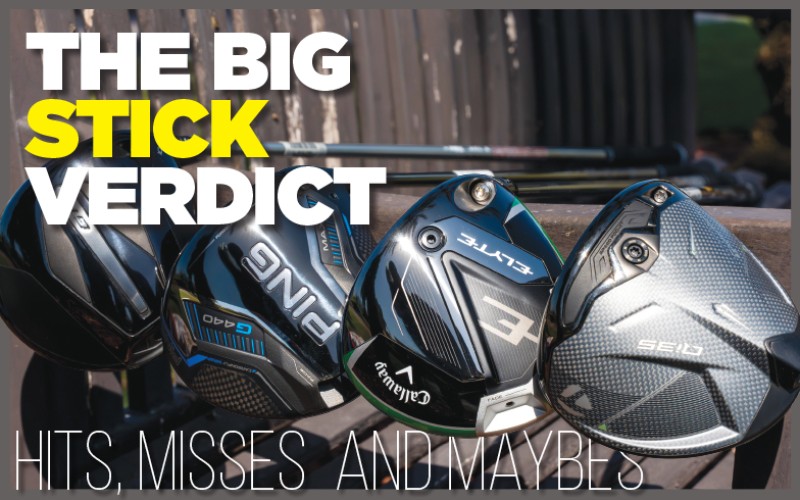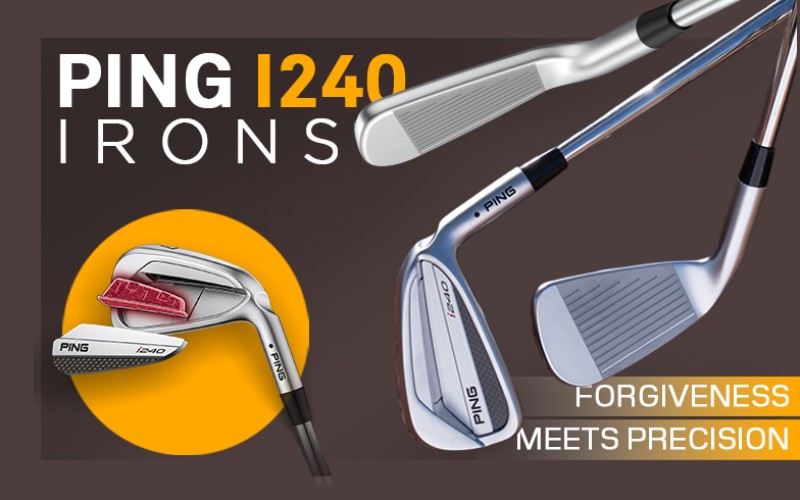WE recently tested the new Ping iBlades and were very impressed with the feel and forgiveness of their iBlade design – but it was a club aimed at the category 1 golfer. Now Ping have released their latest iron – the i200 – in order to try and bridge the gap between the iBlade and the G range. It’s targeting the low-to-medium handicap player with a mid-sized progressive head but with more forgiveness than the outgoing Ping I iron.

The look
The Ping i200 is a classy looking club that is marketed to players who pretty much want a club that does it all. But can it really deliver style, workability, distance, feel and forgiveness? It’s a big ask of any club. On the style front it resembles a larger version of the Ping S55 with an enhanced muscle-stablising bar, positioned behind the impact points. The size, paired with a slight offset and medium top line, build confidence without crossing the line into ‘game improvement’ territory.
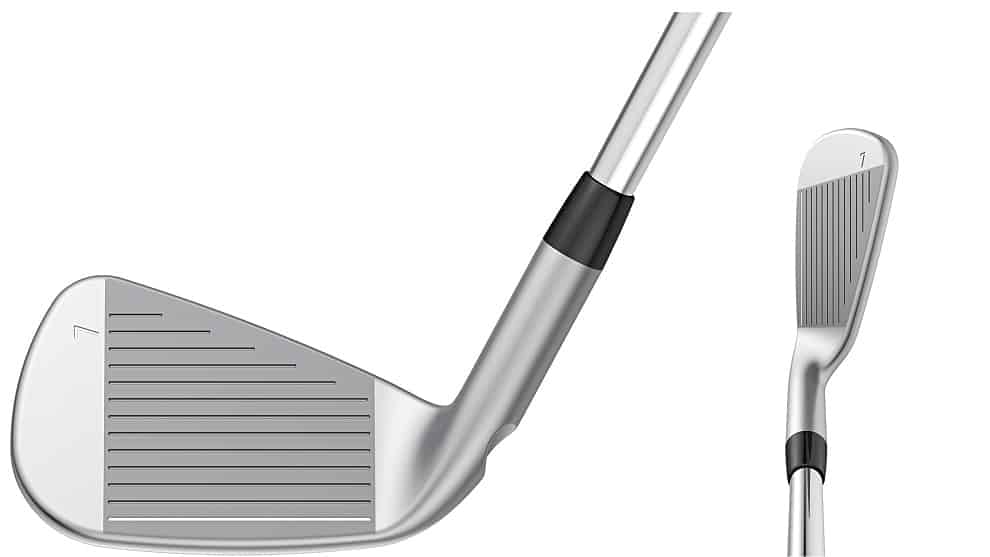
Distance
Distance is a key selling point of the club. The Ping i200 isn’t excessively long but the gapping between the clubs is one of the best I’ve played. Some manufacturers strengthen their lofts to add distance but this can result in a 7-iron playing only 10 yards shorter than its matching 5-iron. The i200 lofts are gapped 3.5° from 3- to 7-iron and 4° from 7-iron through to PW. Normally you would run a 3° split from 3- to 7-iron, but by weakening the lofts Ping has managed to not only gap the distances between each club more effectively, but also the flight.
The new face design, which has a thicker top and thinner lower portion, has dropped the centre of gravity to boost ball speed and give a higher launch. If you find the high launch flight too much there is a Power Spec Loft option which strengthens the lofts from 4-iron to wedge. So a 7-iron would be taken down from 33° to 31.5°.
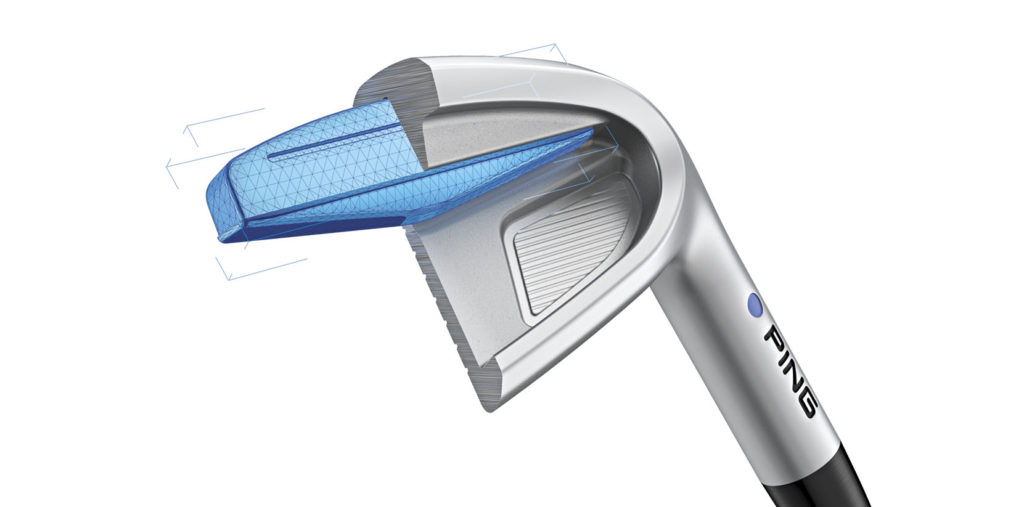
Feel
If you are a player who likes to work the ball now and again but don’t find the sweet spot every time this club will look after your scorecard. The soft 431 stainless steel and the concealed soft elastomer insert give great feel, even when you strike the ball close to the neck, and the loss in distance I found to be around five yards. The face is 30% thinner than the outgoing model to create a faster hitting surface but you are only talking about the gain of the odd yard or two. But the face is consistent and contributes to the great gapping and distance control.
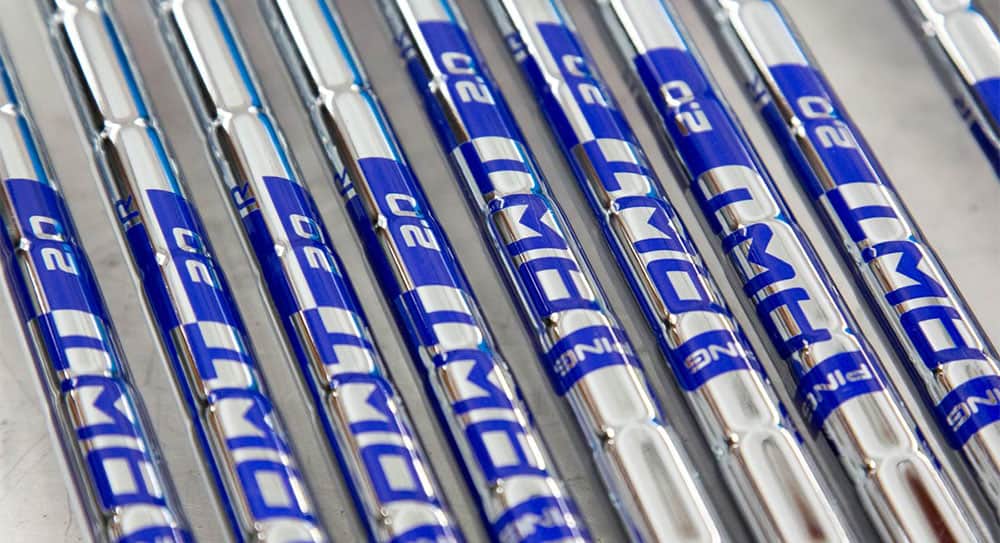
Shaft
The clubs I tested came with the Ascending Weight (AWT) shafts that get heavier as the clubs get shorter. It’s a great idea to get more speed into the longer irons and more feel with the shorter clubs, but if you are after a consistent weight through all your irons there are seven other steel shafts available.
“The i200 iron is engineered for golfers who want an iron with a clean look that delivers exceptional feel, distance and forgiveness, while providing the trajectory control they need to play with precision. It’s a shot-maker’s iron by design, but it will fit a lot of golfers because it’s so easy to play. This iron will exceed their expectations in every way, especially the feel.” – John A. Solheim, PING Chairman & CEO
Verdict
I think Ping has nearly delivered on all aspects they promised, apart from the trajectory control. I wish I could have tested the i200 with the Power Spec option as I found the standard lofts kicked a little too high. But the standout features were the gapping and the feel. The classic look with a modern feel is a great selling point as they will make both your bag and your scorecard look better. With the stronger lofts and KBS Tour X-Stiff shafts I think these would edge out the iBlade as my favourite Ping irons. A bold claim as the iBlade was arguably the best iron in 2016.
Ping i200 Spec
Handicap Range: Low/Medium
Golfer: Men
Hand Availability: Left, Right
Manufacture: Cast
Material: Steel
Swing Weight: D1, D2
Shaft: AWT 2.0 (Steel), CFS Graphite
Shaft options: Steel, Graphite
Shaft Flex: Regular, Stiff, X Stiff
Head Design: Cavity Back
Set: 4, 5, 6, 7, 8, 9, PW
Additional Clubs: 3, GW









